In the delicate balance of the garden ecosystem, beneficial insects play a vital role in controlling pest populations, pollinating flowers, and maintaining ecological harmony. By planting a flower garden specifically designed to attract and support beneficial insects, gardeners can harness the power of nature’s pest control squad, reducing the need for chemical pesticides and fostering a healthy and vibrant garden ecosystem. In this guide, we’ll explore the benefits of attracting beneficial insects, essential flowers for attracting pollinators and predators, and tips for designing and planting a flower garden that will entice and nourish these invaluable garden allies.
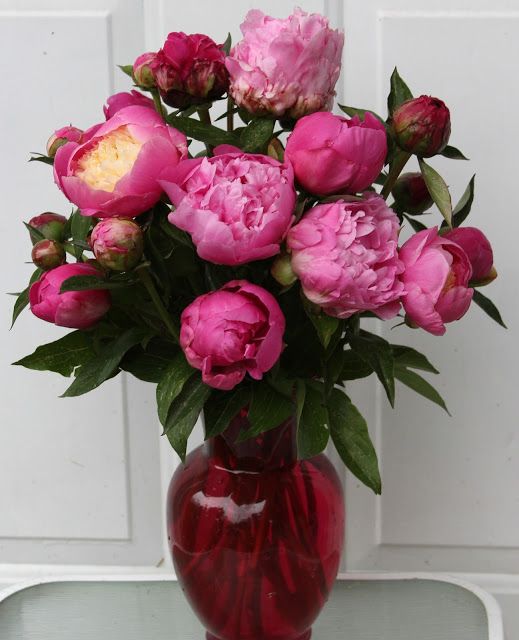

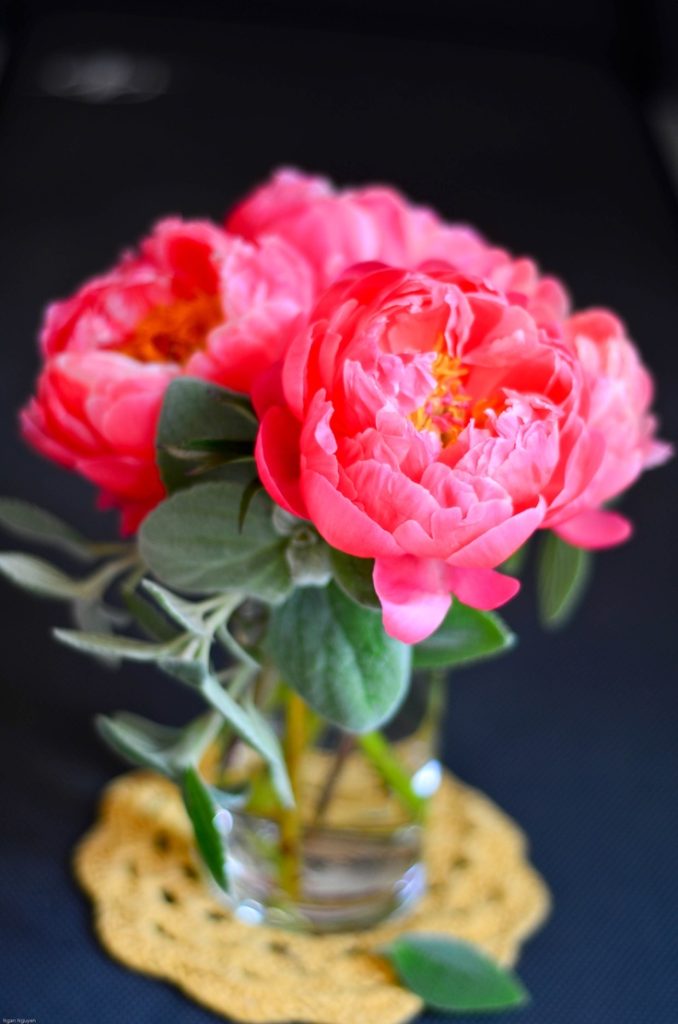
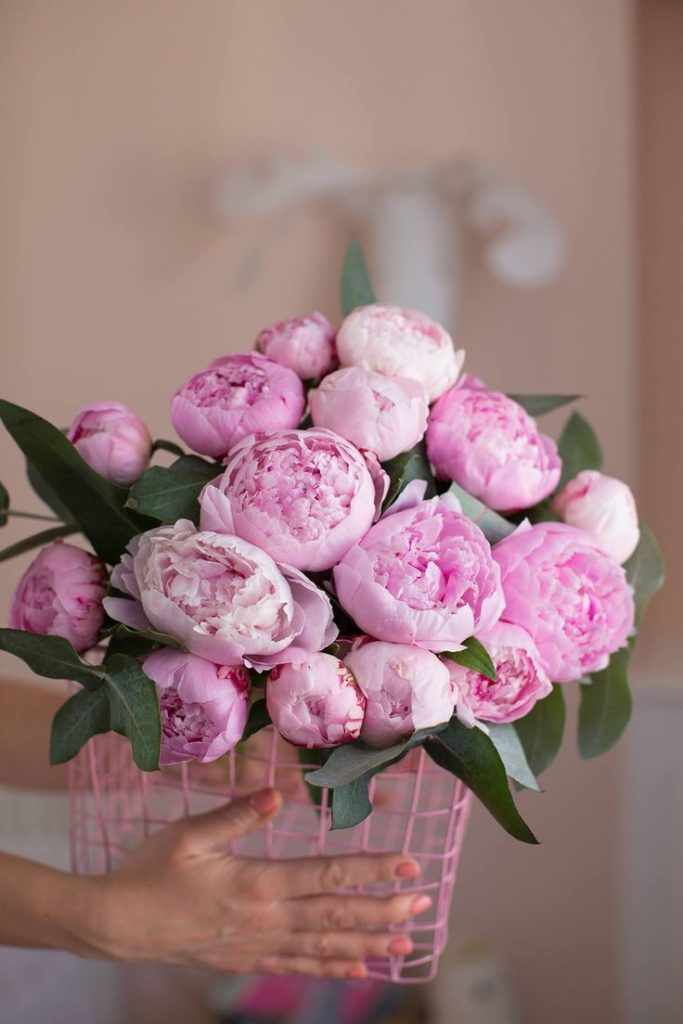
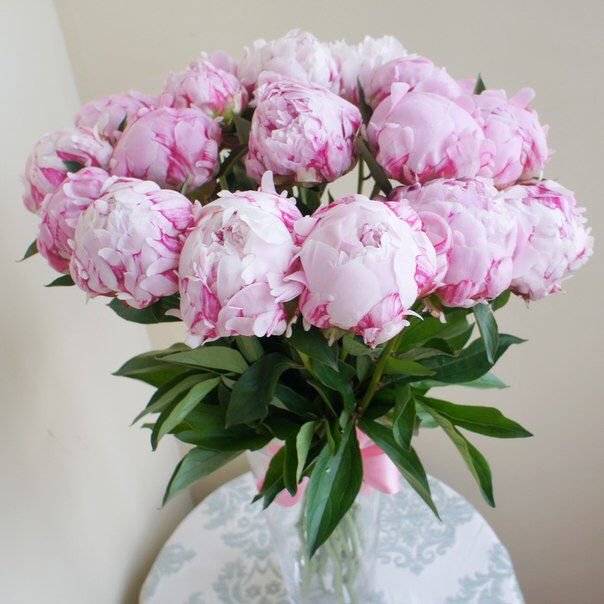
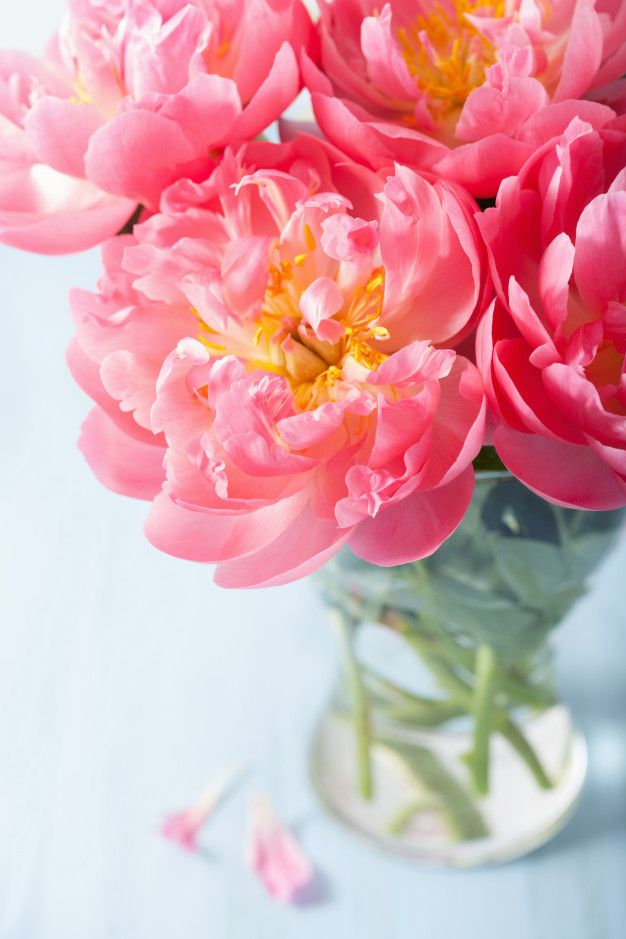

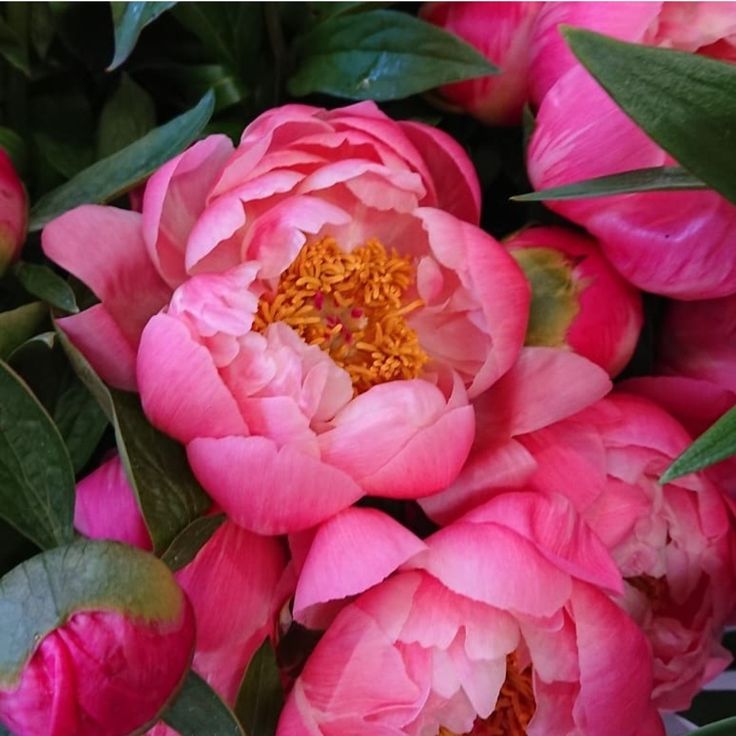
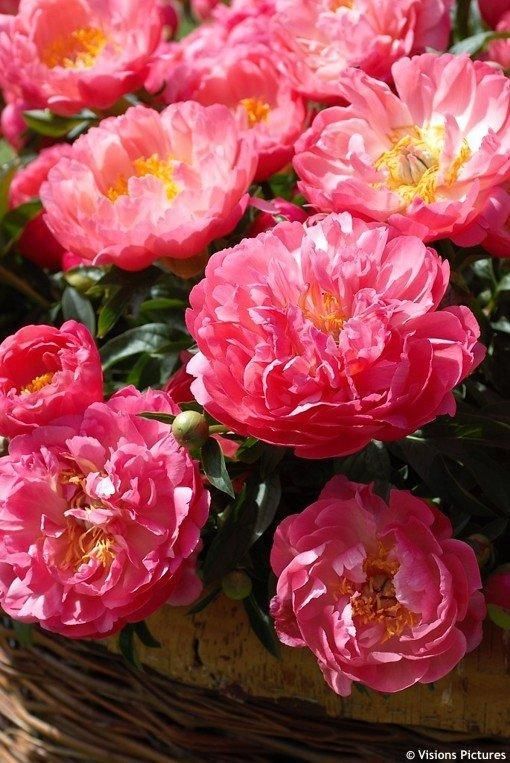
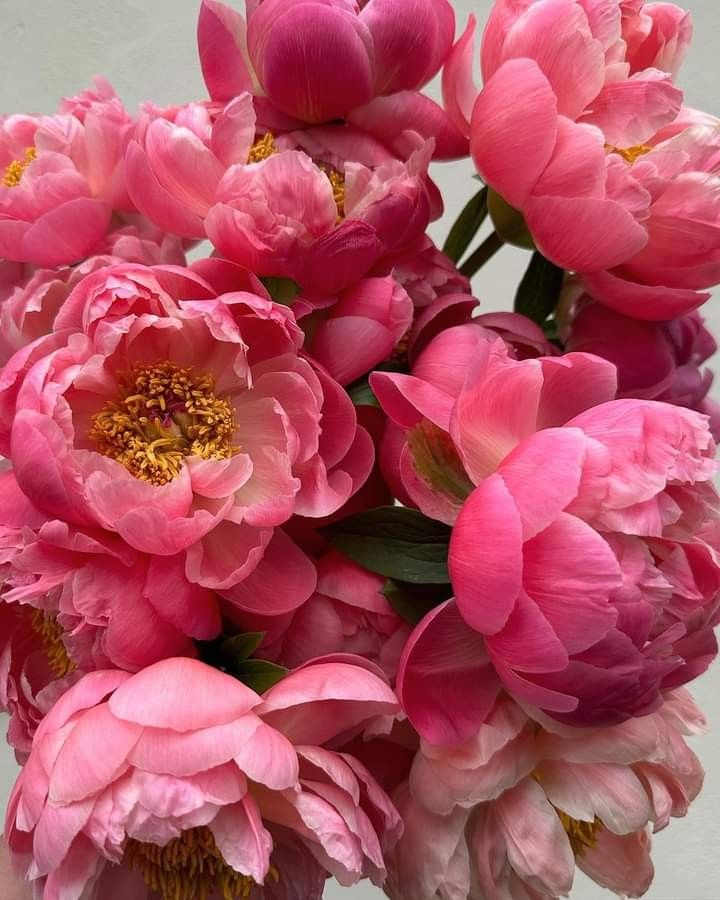
Understanding Beneficial Insects
Beneficial insects are natural predators, pollinators, and decomposers that help control pest populations, pollinate flowers, and improve soil fertility in the garden. Some common beneficial insects include:
- Pollinators: Bees, butterflies, moths, and other pollinators play a crucial role in pollinating flowering plants, ensuring fruit and seed production.
- Predators: Ladybugs, lacewings, predatory beetles, and parasitic wasps are natural predators that feed on pest insects like aphids, caterpillars, and beetles, helping to keep pest populations in check.
- Parasitoids: Parasitic wasps and flies lay their eggs on or inside pest insects, which then serve as hosts for their developing larvae, ultimately killing the pest.
Benefits of Attracting Beneficial Insects
There are numerous benefits to attracting beneficial insects to your garden, including:
- Natural Pest Control: Beneficial insects help control pest populations by feeding on pest insects, reducing the need for chemical pesticides and promoting biological pest control.
- Pollination: Pollinators like bees, butterflies, and moths play a crucial role in pollinating flowering plants, ensuring fruit and seed production for many crops.
- Ecosystem Services: Beneficial insects provide valuable ecosystem services such as soil aeration, nutrient cycling, and decomposition, contributing to overall garden health and productivity.
- Biodiversity: Attracting a diverse array of beneficial insects enhances garden biodiversity, creating a resilient and balanced ecosystem that is less susceptible to pest outbreaks and environmental stressors.
Essential Flowers for Attracting Beneficial Insects
When planning your flower garden to attract beneficial insects, consider incorporating a variety of flowers with different colors, shapes, and bloom times to provide nectar and pollen sources throughout the growing season. Some essential flowers for attracting beneficial insects include:
- Lavender: Lavender attracts bees, butterflies, and other pollinators with its fragrant blooms and abundant nectar.
- Sunflowers: Sunflowers provide a rich source of pollen and nectar for bees, butterflies, and other pollinators, attracting them with their bright, sunny blooms.
- Dill and Fennel: Dill and fennel attract beneficial insects like ladybugs, lacewings, and parasitic wasps, which feed on pest insects and their larvae.
- Yarrow: Yarrow attracts a wide range of beneficial insects, including bees, butterflies, and predatory insects, with its flat-topped clusters of small, nectar-rich flowers.
- Calendula: Calendula attracts bees, butterflies, and other pollinators with its cheerful, daisy-like blooms and provides valuable nectar and pollen sources throughout the growing season.
Tips for Designing Your Flower Garden
When designing your flower garden to attract beneficial insects, consider the following tips:
- Plant Diversity: Incorporate a diverse array of flowers with different colors, shapes, and bloom times to attract a wide range of beneficial insects throughout the growing season.
- Native Plants: Choose native plants whenever possible, as they are well-adapted to local climate and soil conditions and provide valuable habitat and food sources for native beneficial insects.
- Companion Planting: Plant flowers alongside vegetables, herbs, and other garden plants to create a biodiverse and resilient garden ecosystem that supports beneficial insects and enhances pest control.
- Continuous Bloom: Select flowers that bloom at different times of the year to provide nectar and pollen sources for beneficial insects throughout the growing season, from early spring to late fall.
Planting and Maintaining Your Flower Garden
Once you’ve designed your flower garden to attract beneficial insects, it’s time to plant and maintain your garden for optimal bloom and insect activity. Prepare the soil by amending with compost or organic matter to improve fertility and drainage, and space plants according to their mature size to allow for adequate airflow and sunlight. Water your flower garden regularly, especially during dry periods, and mulch around plants to conserve moisture and suppress weeds. Monitor for pest and disease problems, and intervene promptly using organic or cultural control methods as needed. By nurturing your flower garden to attract beneficial insects, you can create a vibrant and biodiverse garden ecosystem that supports pollinators, predators, and other valuable garden allies.
Conclusion
Planting a flower garden to attract beneficial insects offers a natural and effective way to enhance pest control, promote pollination, and foster biodiversity in the garden. By selecting flowers that provide nectar and pollen sources for beneficial insects and designing your garden to support their needs, you can create a thriving and resilient garden ecosystem that benefits both plants and people. Whether you’re attracting bees, butterflies, or predatory insects, a flower garden teeming with life adds beauty, diversity, and vitality to your outdoor space while reducing the need for chemical pesticides and promoting sustainable gardening practices.
FAQs (Frequently Asked Questions)
- How can I attract beneficial insects to my flower garden?
- To attract beneficial insects to your flower garden, plant a diverse array of flowers with different colors, shapes, and bloom times to provide nectar and pollen sources throughout the growing season. Choose native plants whenever possible, incorporate companion planting techniques, and avoid the use of chemical pesticides that can harm beneficial insects.
- What are some common beneficial insects and the pests they control?
- Some common beneficial insects and the pests they control include ladybugs (aphids), lacewings (aphids, mites, mealybugs), parasitic wasps (caterpillars, aphids, whiteflies), and hoverflies (aphids, thrips). By attracting these beneficial insects to your garden, you can effectively manage pest populations and promote a healthy and balanced garden ecosystem.